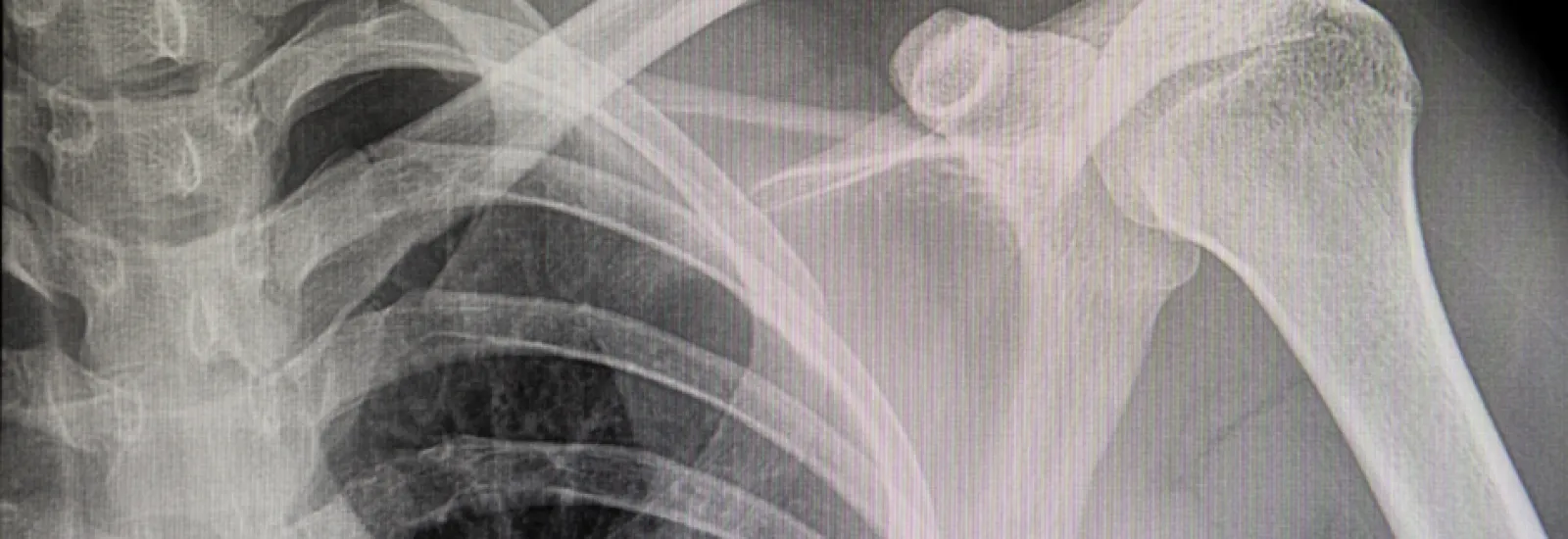
What is a stress fracture and how can you treat it?
Exercise is good medicine, but overdoing it — or changing your routine too quickly — can cause a tiny crack in a bone. This is known as a stress fracture. If you develop this condition, exercising or playing sports can be painful. Fortunately, most of these injuries heal with self-care, and there's plenty you can do to prevent them.
Stress fracture risk factors
Your muscles and bones benefit from exercise. However, overtaxing them can be harmful. If you do the same physical activity, such as running, day after day, your muscles and bones won't have time to recover. Overusing certain muscles can cause extra stress to spill over to neighboring bones, causing stress fractures. These injuries are especially common in the lower leg, where more than half of them occur, according to the American Academy of Orthopaedic Surgeons (AAOS).
Other factors can also increase your risk for stress fractures, including:
- A sudden increase in the intensity or duration of exercise
- An abrupt switch of exercise or playing surfaces, such as going from jogging on a treadmill to running on pavement
- Certain high-impact activities, such as track and field, dancing, gymnastics, running, basketball, and tennis
- Diabetes-related nerve damage in the feet
- Insufficient rest between workouts, practices, or games
- Osteoporosis
- Worn-out shoes, or footwear that isn't appropriate for your activity
Stress fractures of the metatarsals are more common in women than men, reports the National Library of Medicine. This common type of stress fracture affects the metatarsal bones of the forefoot.
Pain: Stress fracture's primary symptom
If you have a stress fracture, you'll feel pain during activity. When you rest, on the other hand, the discomfort will likely improve. It's easy to mistake a shin stress fracture for another overuse-related condition: shin splints, which is the start of a bone stress injury associated with muscle fibers pulling off the bone at their attachment sites. Shin splints cause pain in a larger area of the shin, while stress fractures hurt in a smaller, more discreet area of the shin.
Diagnosing a stress fracture
Your primary care provider or an orthopedic or sports medicine specialist can diagnose a stress fracture and recommend a treatment plan. Your provider will ask about your symptoms and risk factors, such as your exercise routine or the sports you play. In addition, the provider will conduct a physical exam to pinpoint painful areas. An X-ray — or a more detailed form of imaging, such as a CT or MRI scan — may allow your provider to see the fracture.
Healing with rest
To bounce back from a stress fracture, your body needs a break. To give the bone time to repair itself, take time off from the activity that caused the injury. After six to eight weeks of rest, most stress fractures heal, according to the AAOS. If you have a stress fracture in your foot, the bone may need extra protection. For example, crutches can help you keep weight off your foot and lower leg. Another option is a walking boot to protect your foot and ankle. In rare cases, surgery to stabilize the bone may be necessary if it doesn't heal with rest or other treatments.
Tips to reduce your risk
- Acquire a good sleep routine. The body repairs itself during sleep. Adults should get six to eight hours of sleep every night and up to nine hours when training. Middle school and high school athletes need eight to nine hours of sleep each night and a minimum of nine hours when training increases.
- Build toward your workout goals. For example, if your goal is to run a 5K race, increase your mileage gradually as you train. Suddenly increasing your activity level can lead to a stress fracture.
- Change things up. Try cross-training, which is engaging in different forms of exercise throughout the week. When you cross-train, you help keep any single group of muscles and bones from getting too stressed.
- Find your fit. Wear shoes intended for your activity. In addition, be sure they fit well and are in good condition.
- Get plenty of calcium and vitamin D in your diet. These promote bone strength.
- Listen to your body. Don't try to push through pain or swelling during exercise. Instead, take a break from the activity for a few days.
- Warm up and cool down before workouts. Jumping right into activity or stopping it abruptly can cause injury.
Concerned about an injury? Call a Reid Health Comprehensive Bone & Joint provider at (765) 962-4444 or click here to request an appointment.

